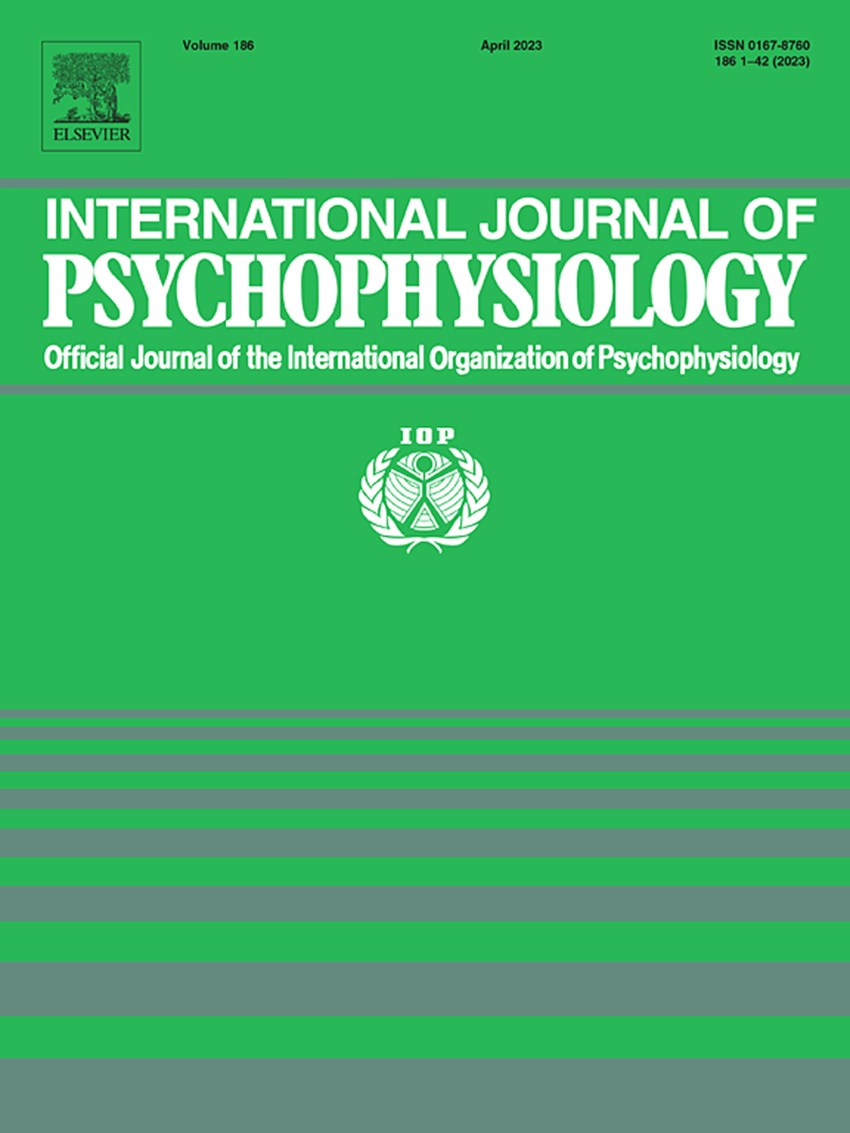Veena Kumari, investigadora principal do projeto de investigação 92/18 – Attending mindfully: A psychophysiology study of sensory processing in meditators, apoiado pela Fundação BIAL, examinou possíveis associações entre o mindfulness enquanto traço de personalidade e a alexitimia e verificou uma associação negativa. Além disso, avaliou as respostas de sobressalto através do piscar de olhos a estímulos acústicos de intensidade variável e observou uma associação positiva entre a habituação da resposta de sobressalto e o mindfulness enquanto traço (ou seja, mais habituação em indivíduos com um alto nível de atenção plena enquanto predisposição natural). Resultados similares foram também obtidos por praticantes de mindfulness de longo prazo envolvidos em práticas de meditação leve a moderada, sugerindo estilos semelhantes de processamento de informação sensorial. Estes resultados são reportados no artigo Dispositional mindfulness, alexithymia and sensory processing: Emerging insights from habituation of the acoustic startle reflex response, publicado no International Journal of Psychophysiology.
ABSTRACT
There is growing evidence of beneficial effects of mindfulness developed through engaging in mindfulness training/practices on sensory and cognitive processing, emotion regulation and mental health. Mindfulness has also been conceptualised as a dispositional ‘trait’, i.e. the naturally-occurring ability of meditation-naïve individuals to display, in varying degree, a non-judgmental non-reactive present-moment awareness in everyday life. In this study we examined possible associations between dispositional mindfulness, alexithymia and sensory processing. Eye-blink startle responses to acoustic stimuli of varying intensity [90-dB or 100-dB over 70-dB (A) background] were assessed in 26 meditation-naïve adults (50 % men) using electromyographic recordings of the orbicularis muscle. All participants completed the Five Facet Mindfulness Questionnaire and the 20-item Toronto Alexithymia Scale. A negative association was found between dispositional mindfulness and alexithymia (r = −0.513). There was stronger startle habituation to 100-dB, compared to 90-dB probes. Stronger startle habituation (larger negative habitation slope values) to 100-dB probes was significantly associated with higher dispositional mindfulness (r = −0.528) and with lower alexithymia at trend level (r = 0.333). As indicated by commonality analysis, 10.6 % of explained variance in habituation (100-dB probes) was common to both alexithymia and mindfulness, 17.3 % was unique to mindfulness, but alexithymia made negligible unique contribution (0.5 %). These findings indicate similar startle habituation pattern in people with a high level of dispositional mindfulness to that reported previously by Antonova et al. (2015) in people with moderate mindfulness meditation practice intensity. Future studies should investigate the mechanisms, such as interoceptive awareness, that might underly these relationships.

































































































